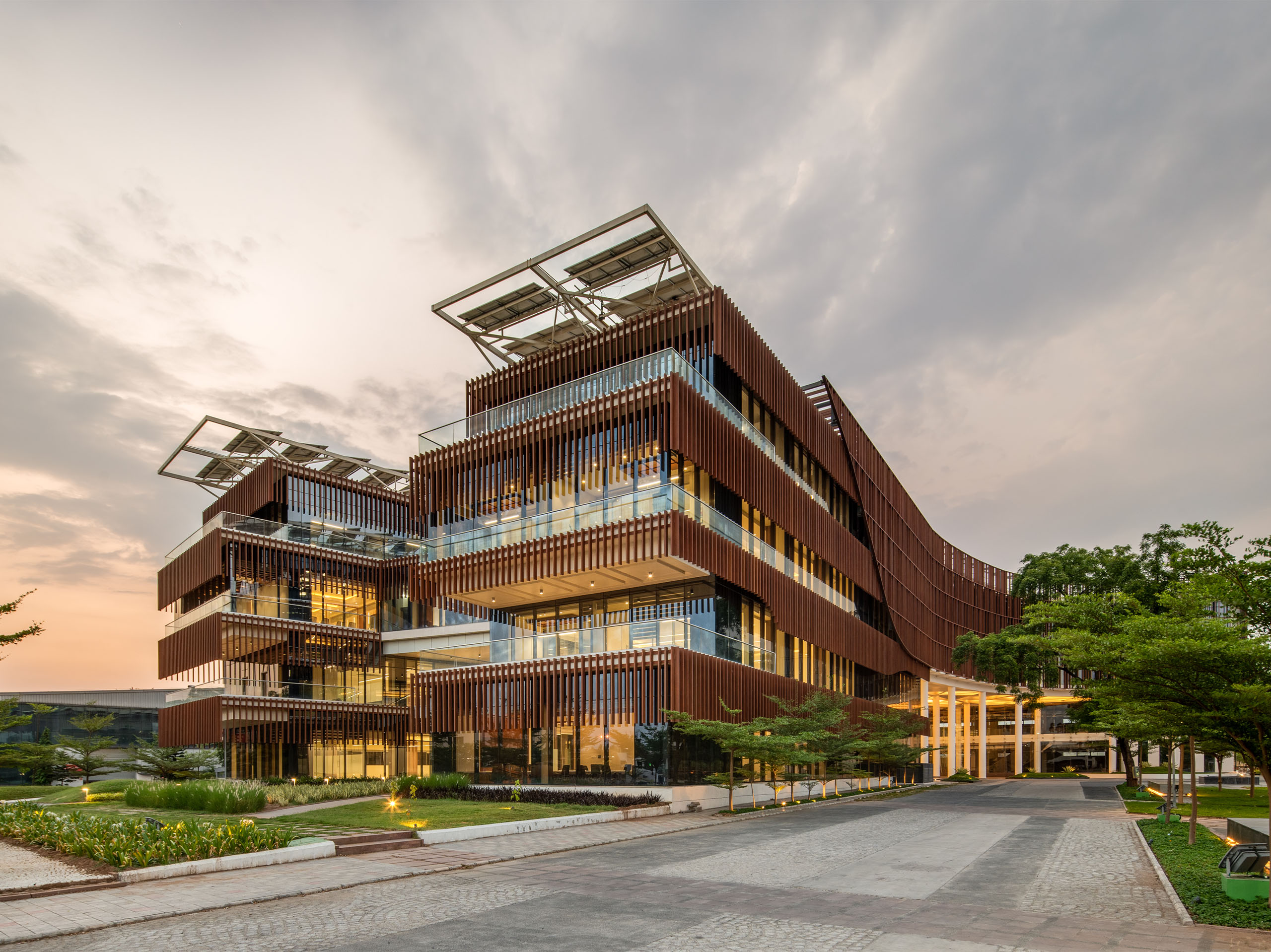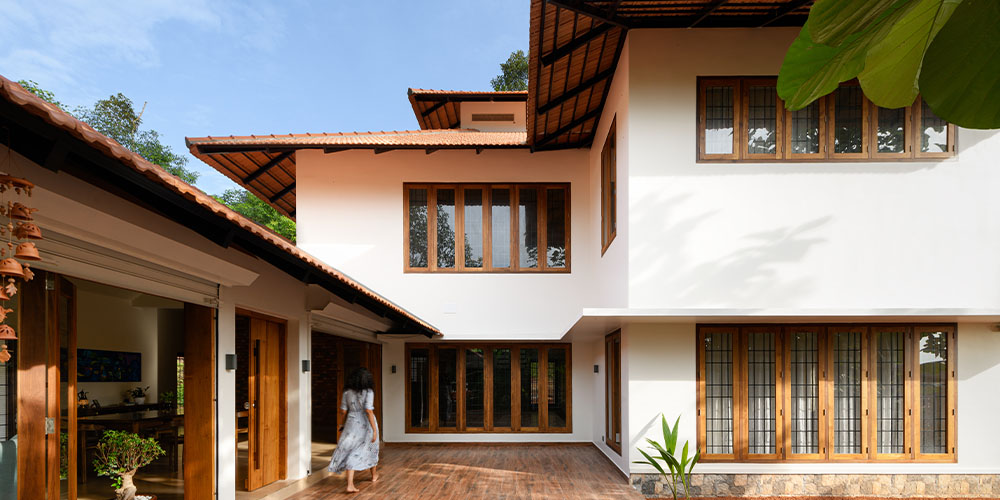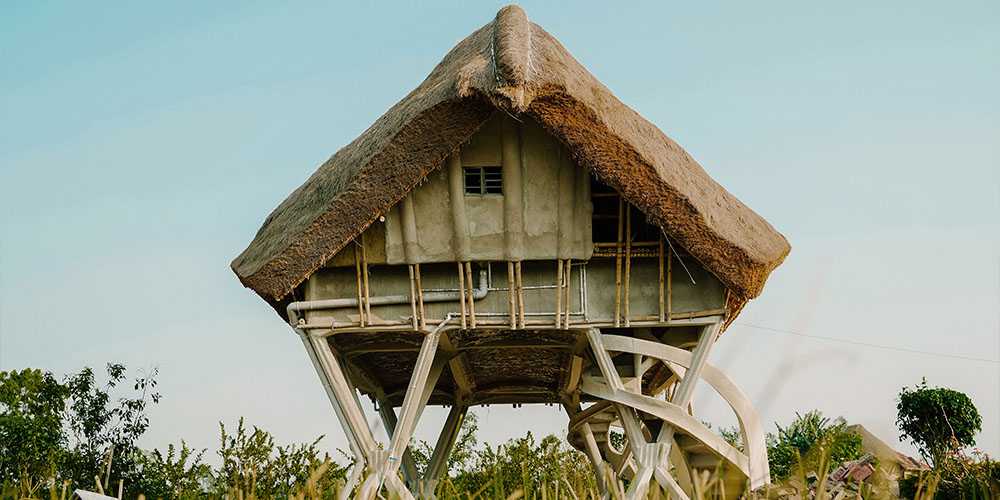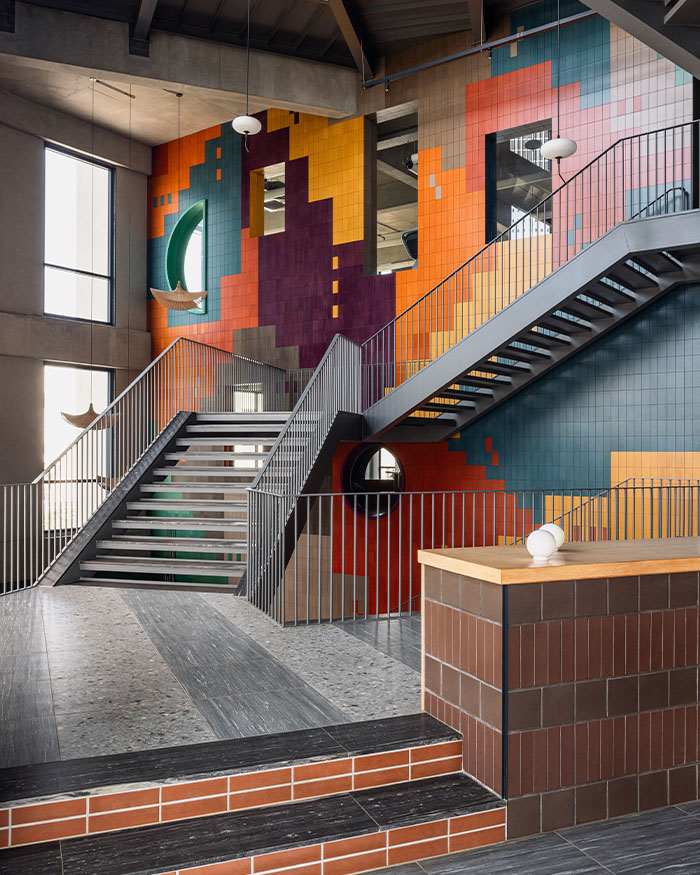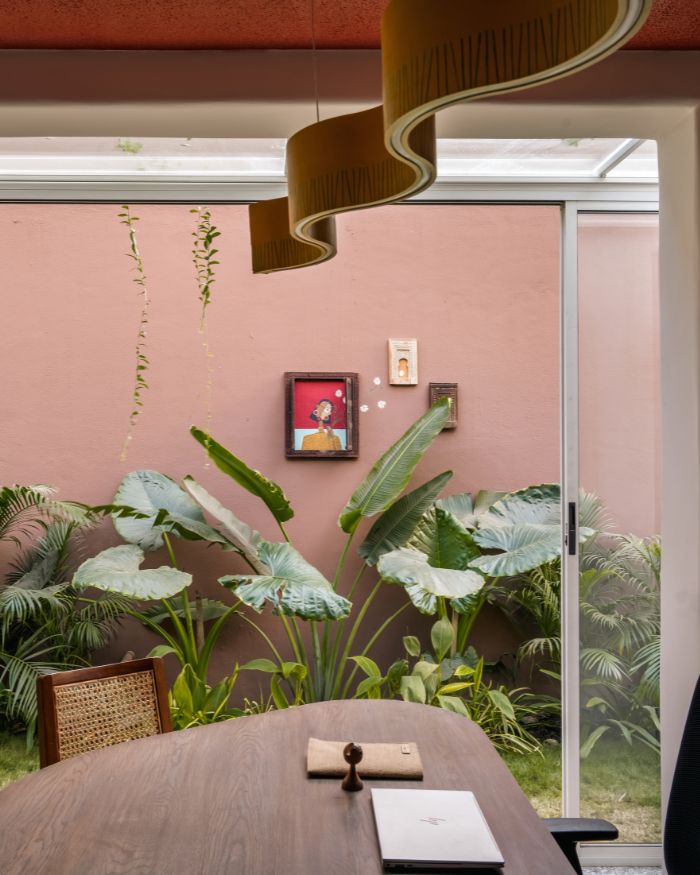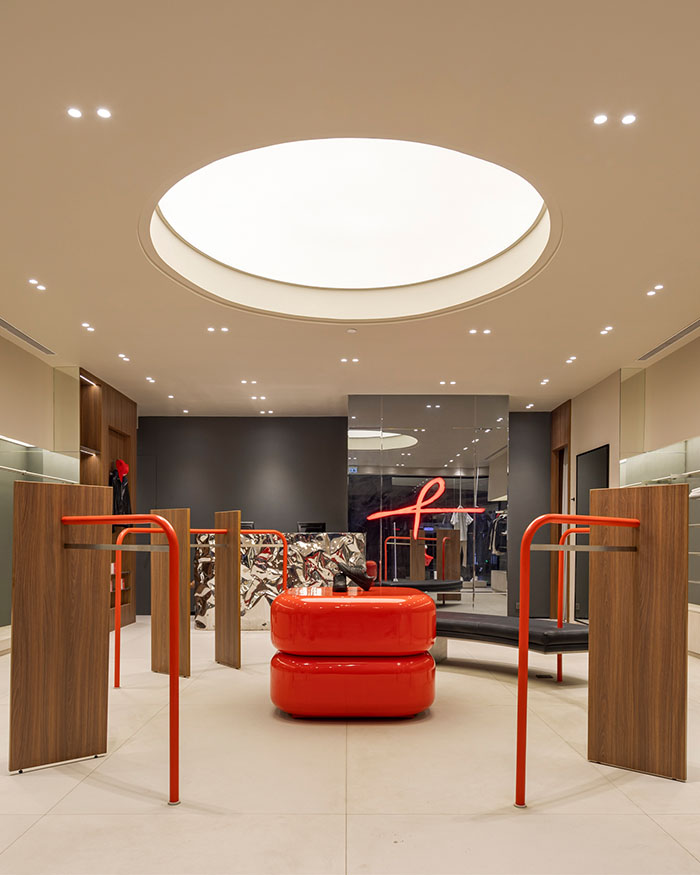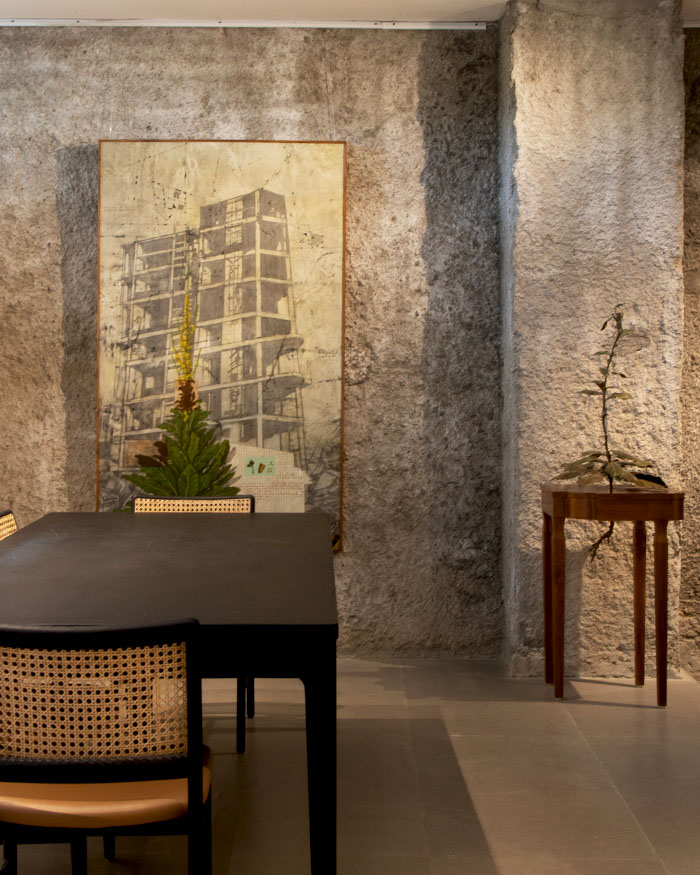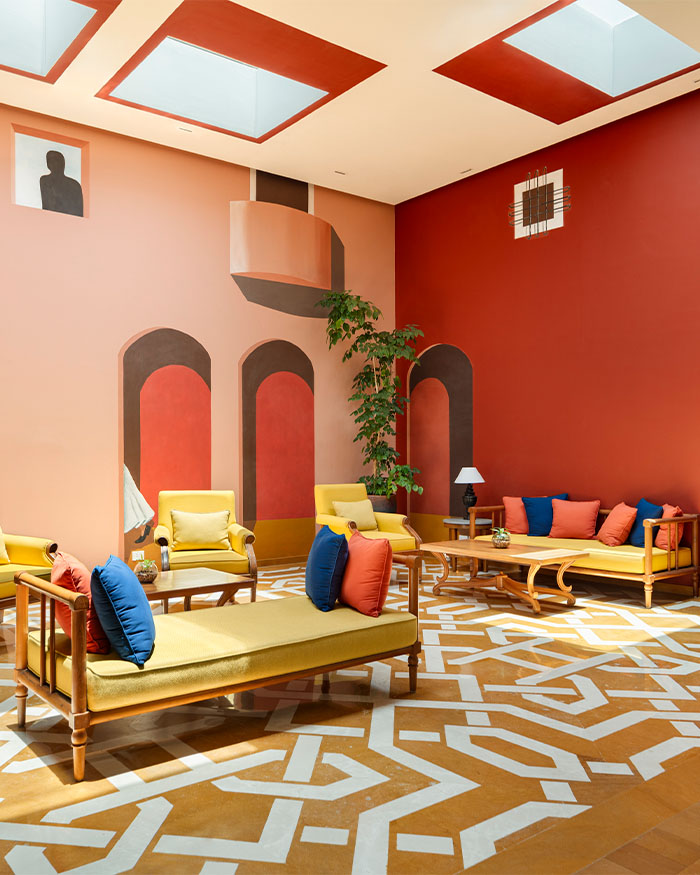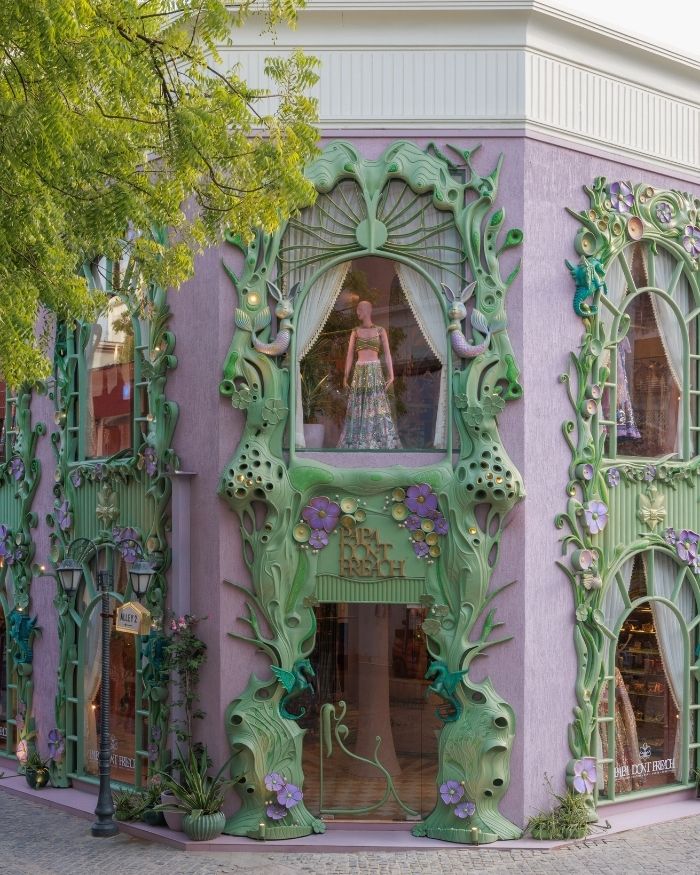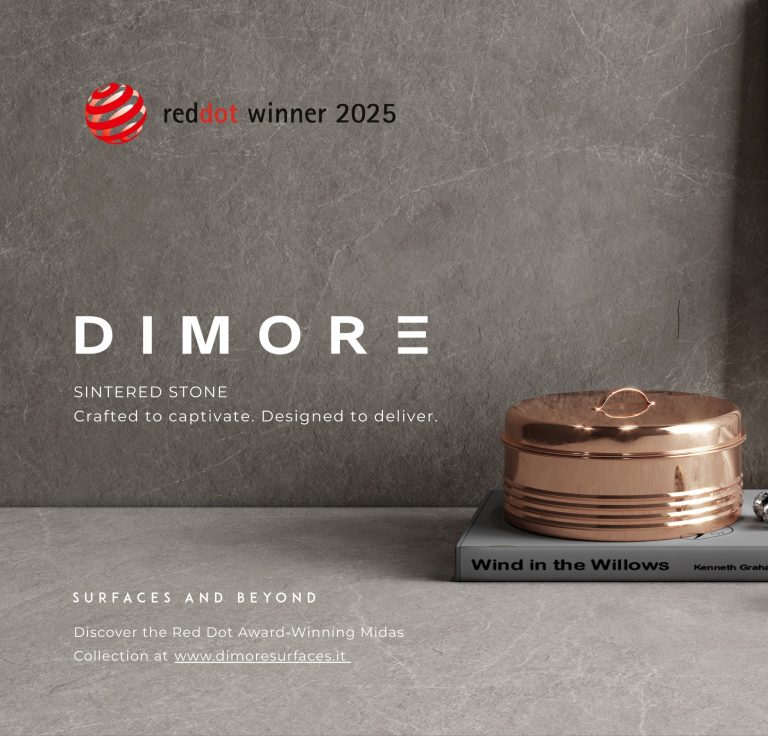As cities grow and environmental concerns intensify, architects are increasingly turning to sustainable design principles to create spaces that harmonise with both nature and human needs. Everest Industries stands at the forefront of the building materials sector as a premier manufacturer of fibre cement boards, dedicated to sustainability and environmental stewardship. Their cutting-edge products are renowned for their superior functionality, offering unparalleled durability, strength and versatility across various building applications.
Committed to reducing their carbon footprint, Everest Industries’ fibre cement boards not only meet rigorous performance standards but also adhere to green building norms, promoting healthier and more sustainable construction practices. By exemplifying how industrial excellence can align with environmental responsibility, they pave the way for a sustainable future in the building industry.
Amrutha Kishor
“Climate change is undeniable, with rising global temperatures and more extreme weather events underscoring the urgent need for sustainable decision-making,” avers Amrutha Kishor of Elemental. Reports identify the building construction and operations industry as the largest contributor to the global carbon footprint, emphasising architects’ pivotal role in addressing this critical issue.
Amrutha Kishor’s EcoHouse in Kottayam, Kerala, a 14,375 sq ft residence, recently earned the Everest NextGen Award in the Residential category. Designed in response to Kerala’s challenging summers, the EcoHouse integrates passive cooling technologies, aiming to eliminate the need for air conditioning and ensure comfort for its occupants.

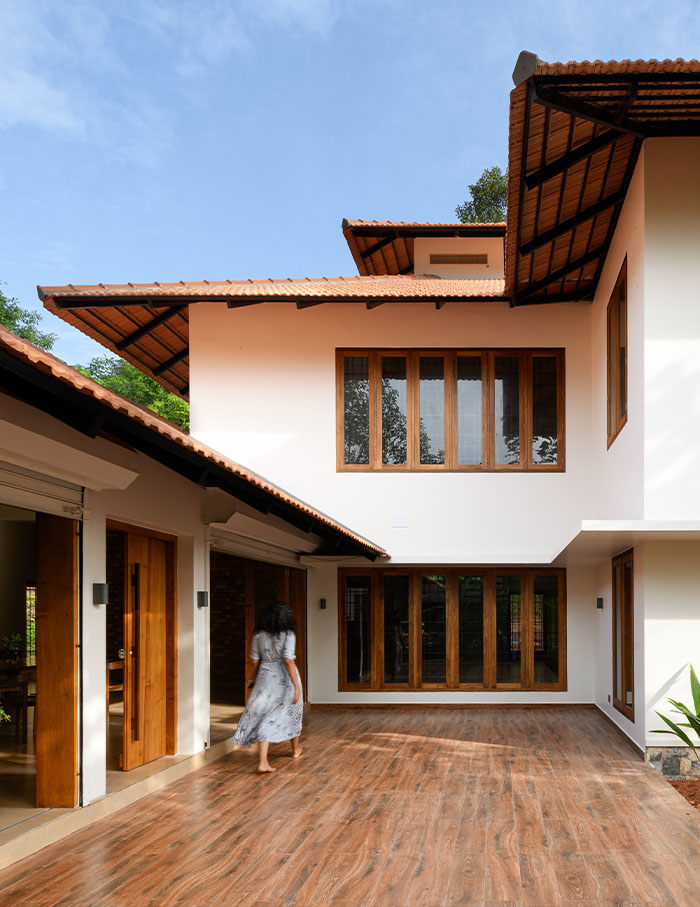
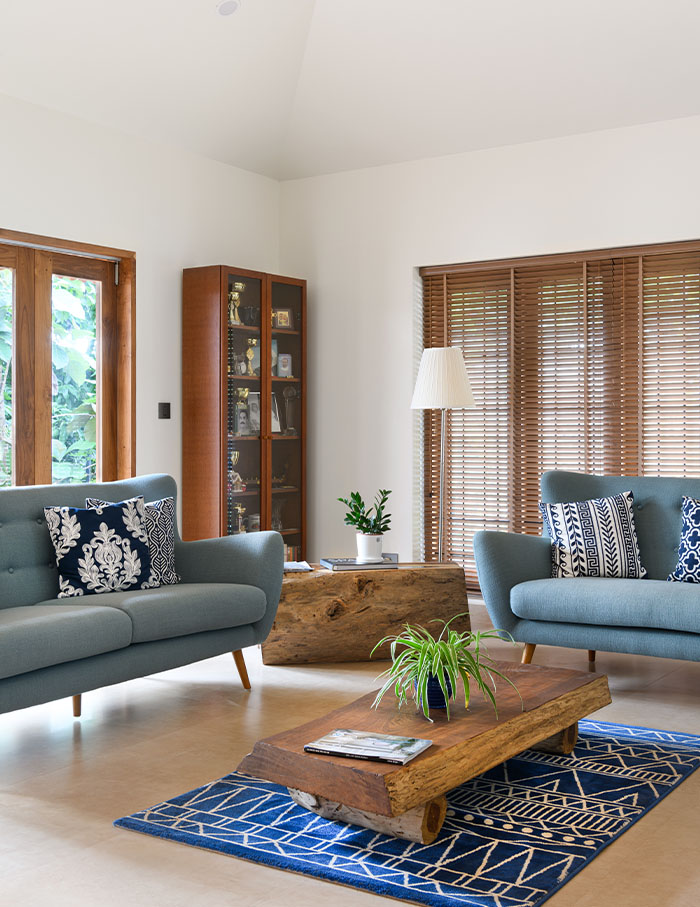
Elemental specialises in climate-responsive architecture tailored for tropical regions, prioritising building materials with natural heat insulation properties. Kishor’s exposure to energy consumption simulation software during her master’s studies has informed Elemental’s approach, integrating factors like material selection, solar shading, ventilation and daylighting to optimise each structure sustainably.
This holistic approach forms the cornerstone of Elemental’s design philosophy, guiding their commitment to environmental stewardship.
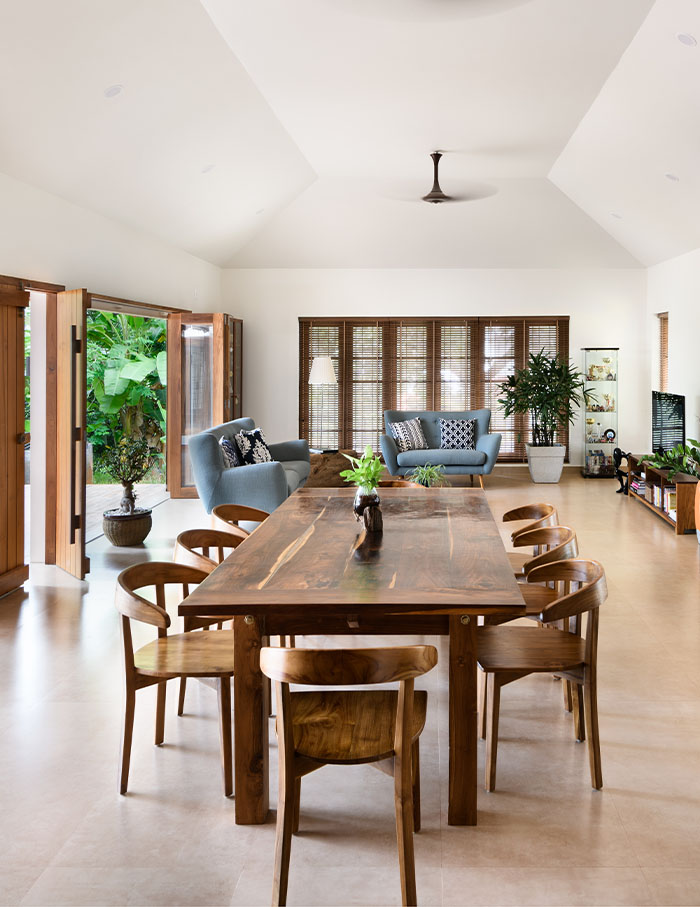
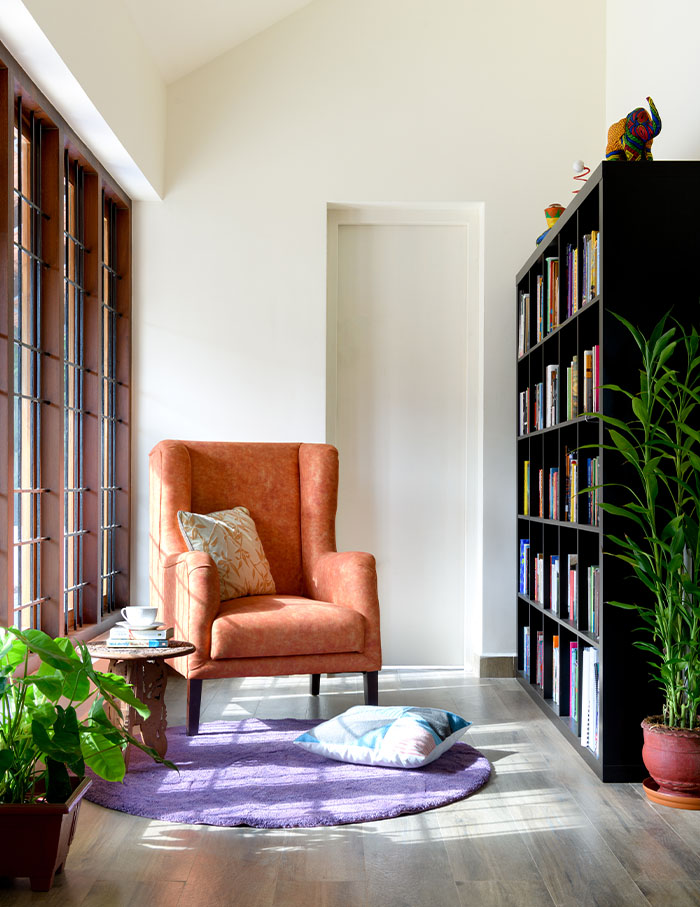
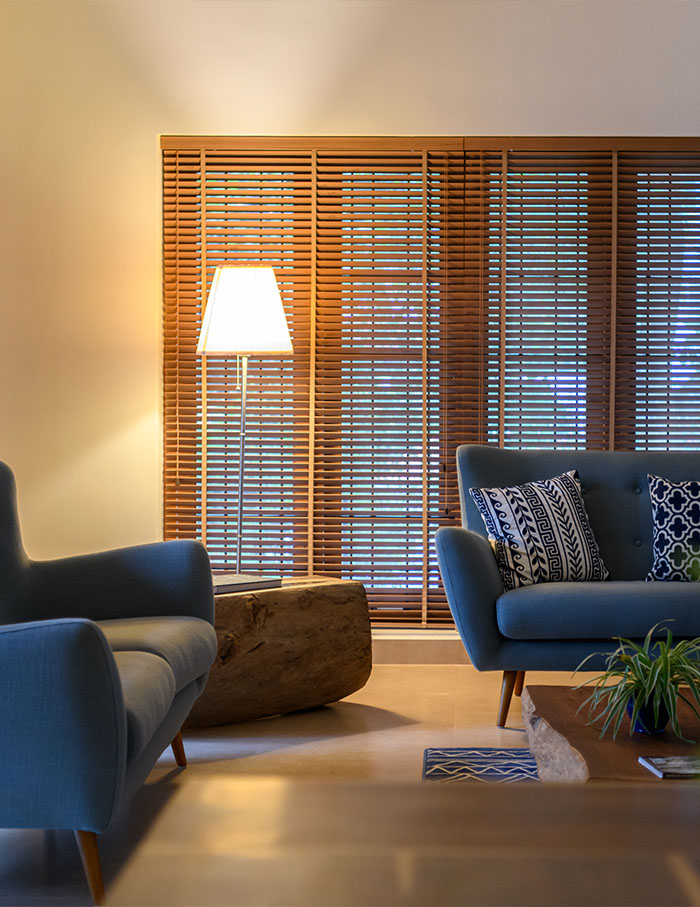
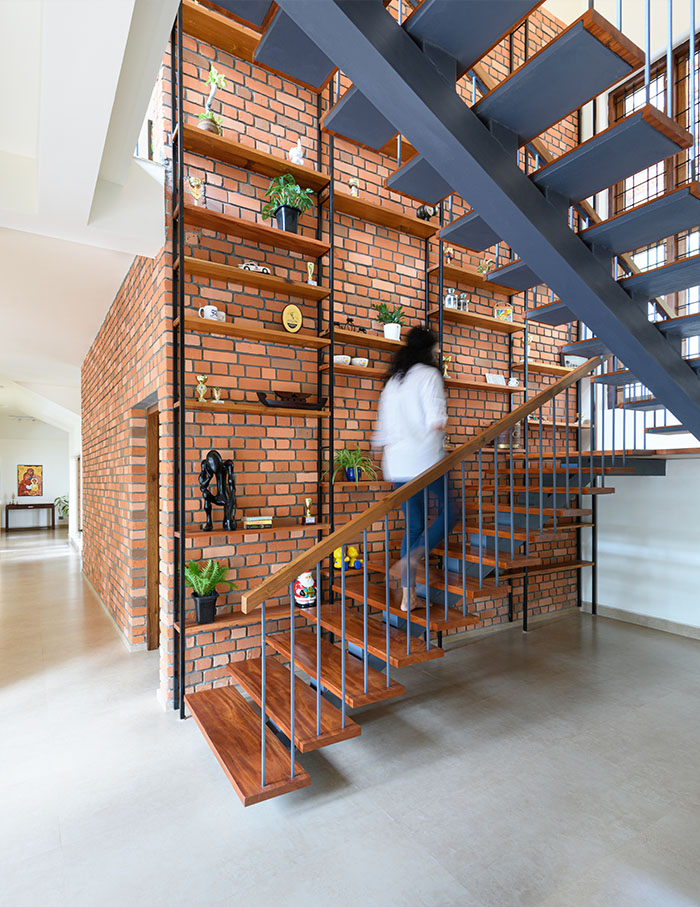
Sriram Ramakrishnan
Sriram Ramakrishnan from FHD India, winner of the Everest NextGen Award in the Commercial category for the Polycab Experience Centre in Gujarat, emphasises that sustainability is no longer a luxury but a necessity in the face of climate change and growing social consciousness. He states that “sustainability must go beyond mere numbers, embodying a deeper ethos that transforms commercial typology.”

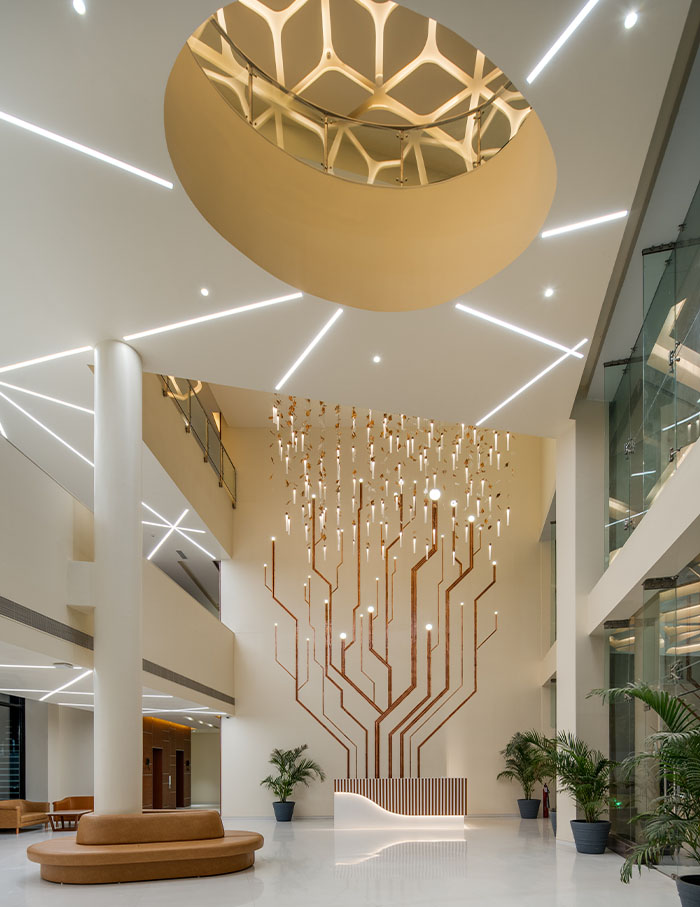
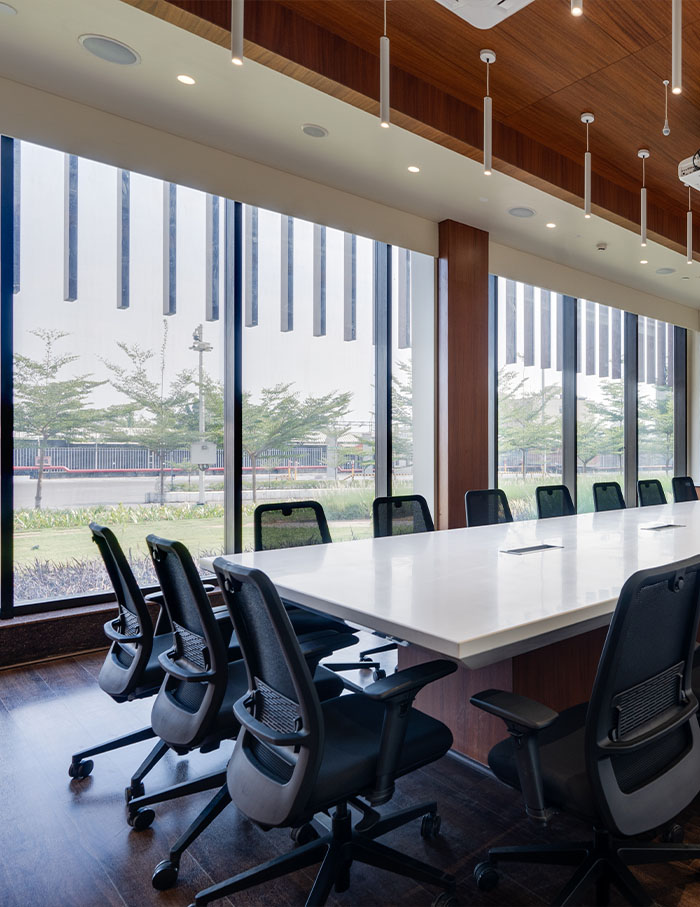
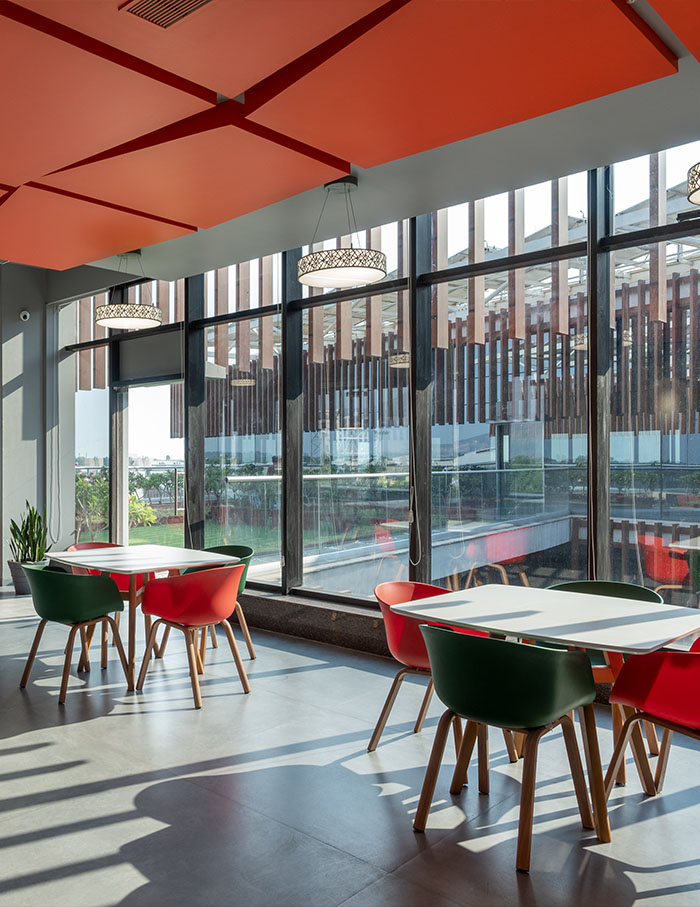
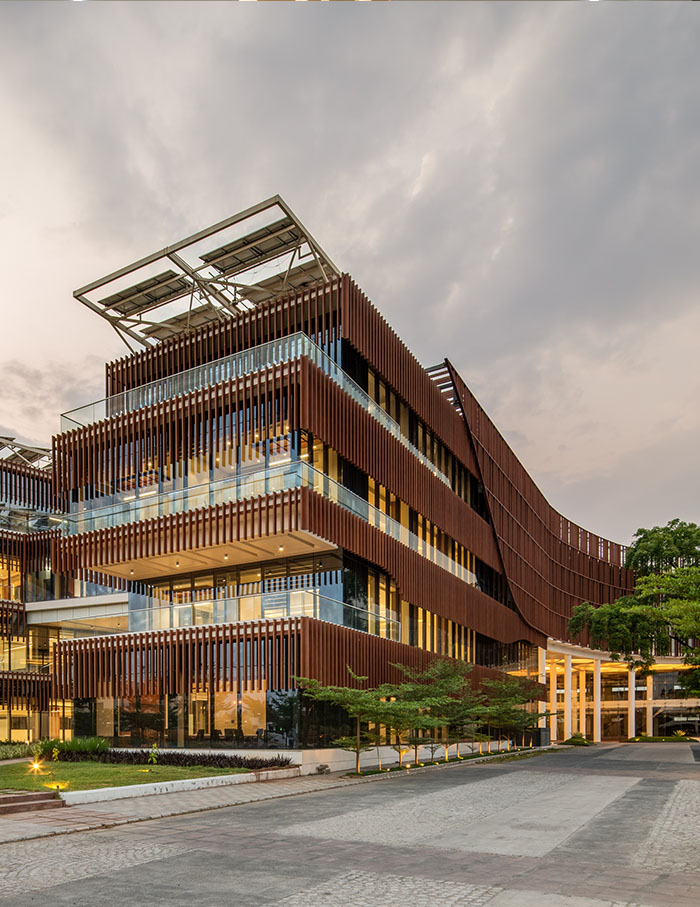
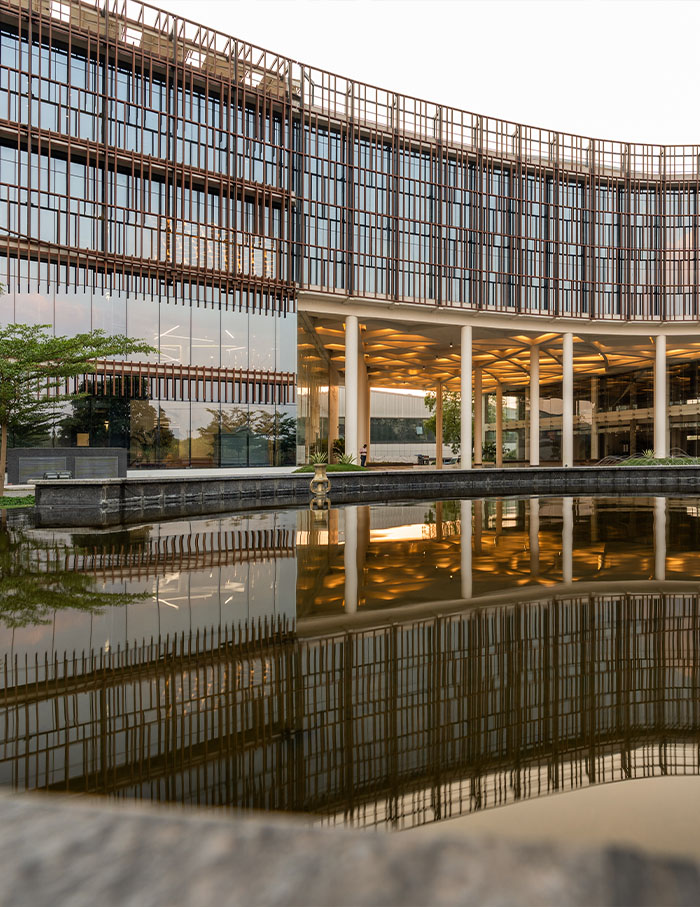
Collaborating closely with a client who shared their vision, FHD India focused on key aspects such as reducing direct sunlight, maximising views and daylight, integrating renewable energy sources and sourcing local materials.
This approach not only enhances working environments but also aligns with contemporary construction practices, with 70% of materials procured within a 100 km radius of the project site.
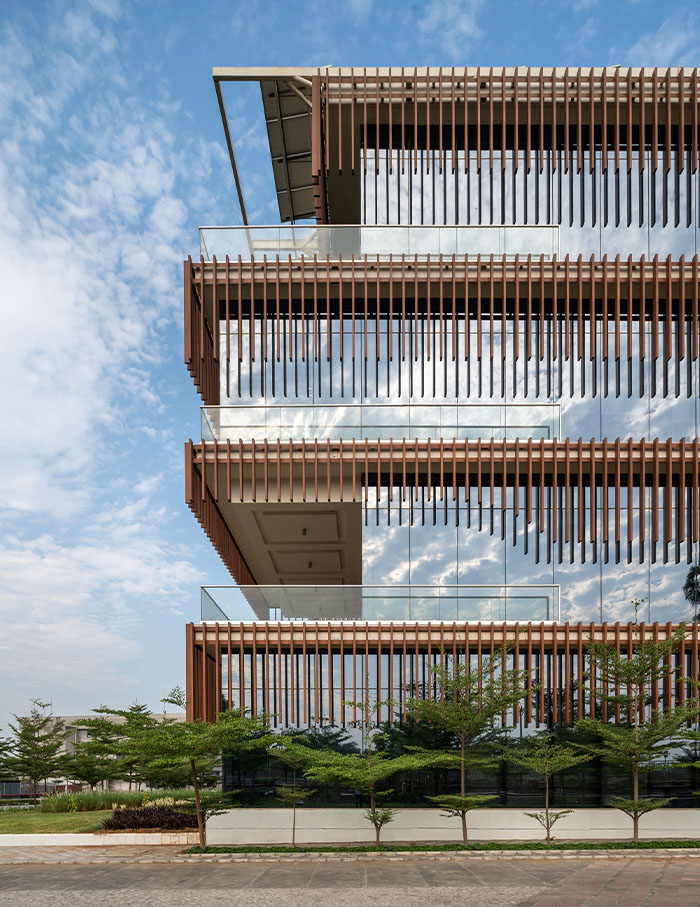
Udit Mittal
“Sustainability as a tag is used everywhere more than any other concept to gain visibility and credibility. But often its practical application is still a fad, something that we call greenwashing”, says Udit Mittal of QX Design, the winner of Everest NextGen Award in the Hospitality category for a Bamboo guest house.

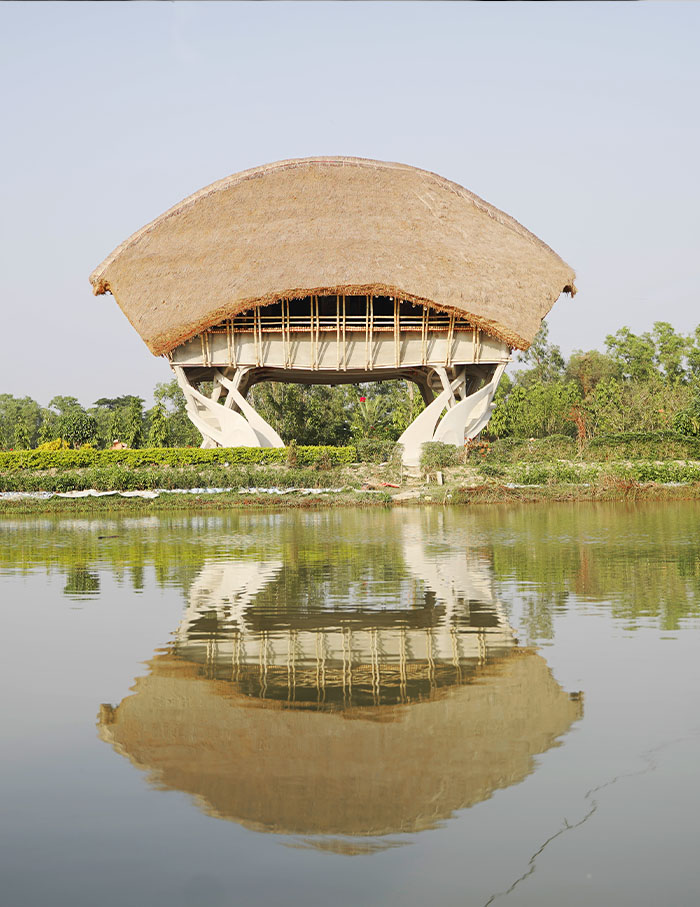
The Bamboo Guest House located in the NGO campus, Sunderbans is a cyclone resilient public building of such a scale which is mostly built with bamboo and thatch. This guest house was being made to welcome the rich donors implying that the interiors were supposed to be luxurious enough while maximising the use of natural local materials, which made the overall experience even more escalated.
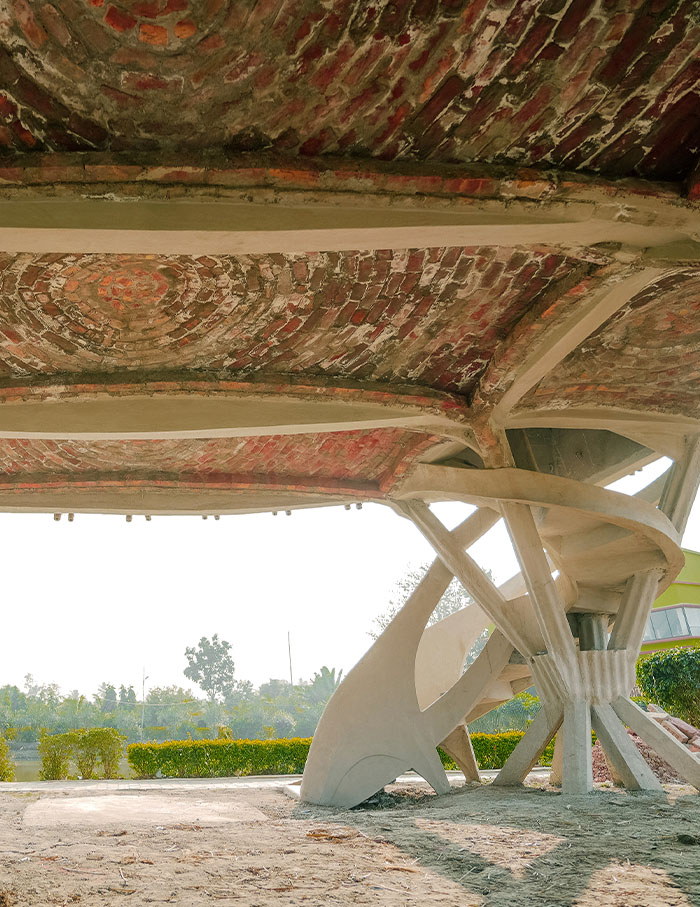
In an unconventional approach to architecture, the project encountered hurdles due to its innovative construction methods. To circumvent delays, Architect Udit took the initiative, deviating from the NGO’s standard approval and procurement processes. At personal expense, he sourced the required materials and assembled a skilled team from a different location, ensuring the project progressed smoothly despite the obstacles.



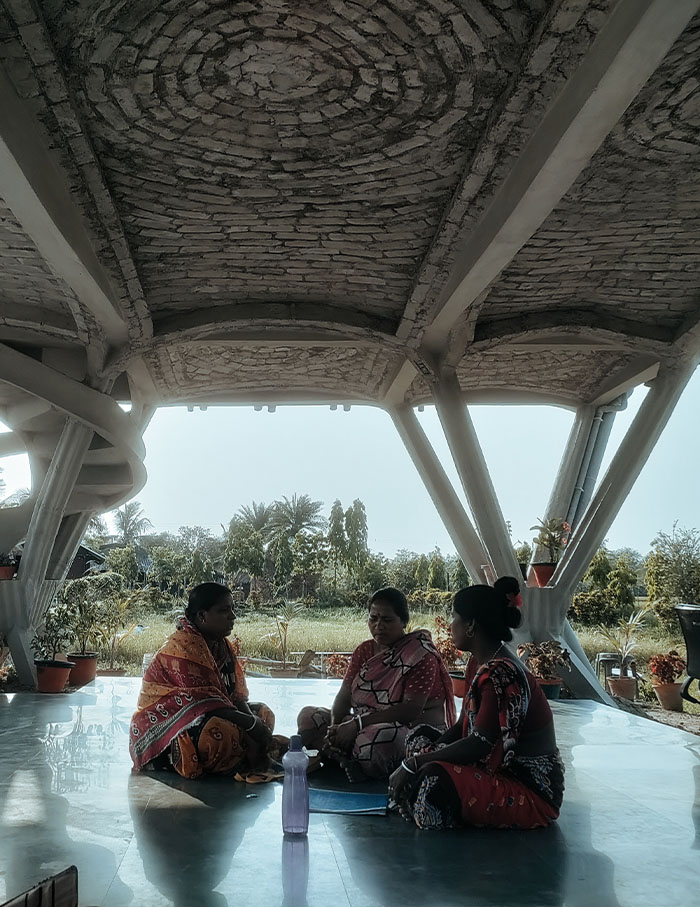
The main consensus of presenting the awards was to take the next step to build a secure, sustainable future. Promoting innovative products that are renowned for their superior functionality, offering unparalleled durability, strength and versatility across various building applications.
Committed to reducing their carbon footprint, Everest Industries’ fibre cement boards not only meet rigorous performance standards but also adhere to green building norms, promoting healthier and more sustainable construction practices. Sustainability in architecture is not just a trend but a fundamental responsibility, shaping designs that harmonise with nature and promote resilience in our communities.
To know more visit www.everestind.com

